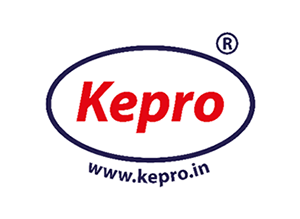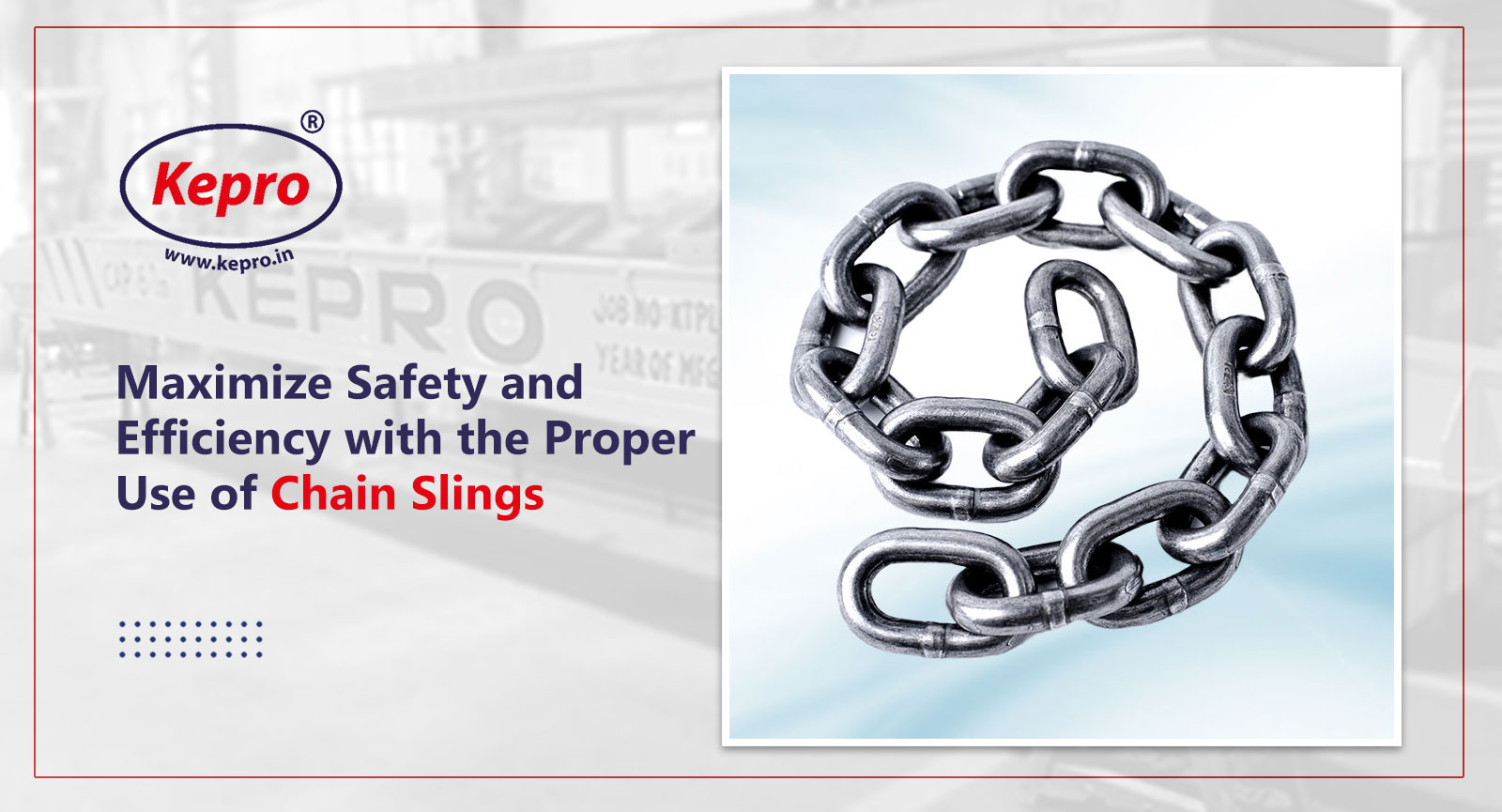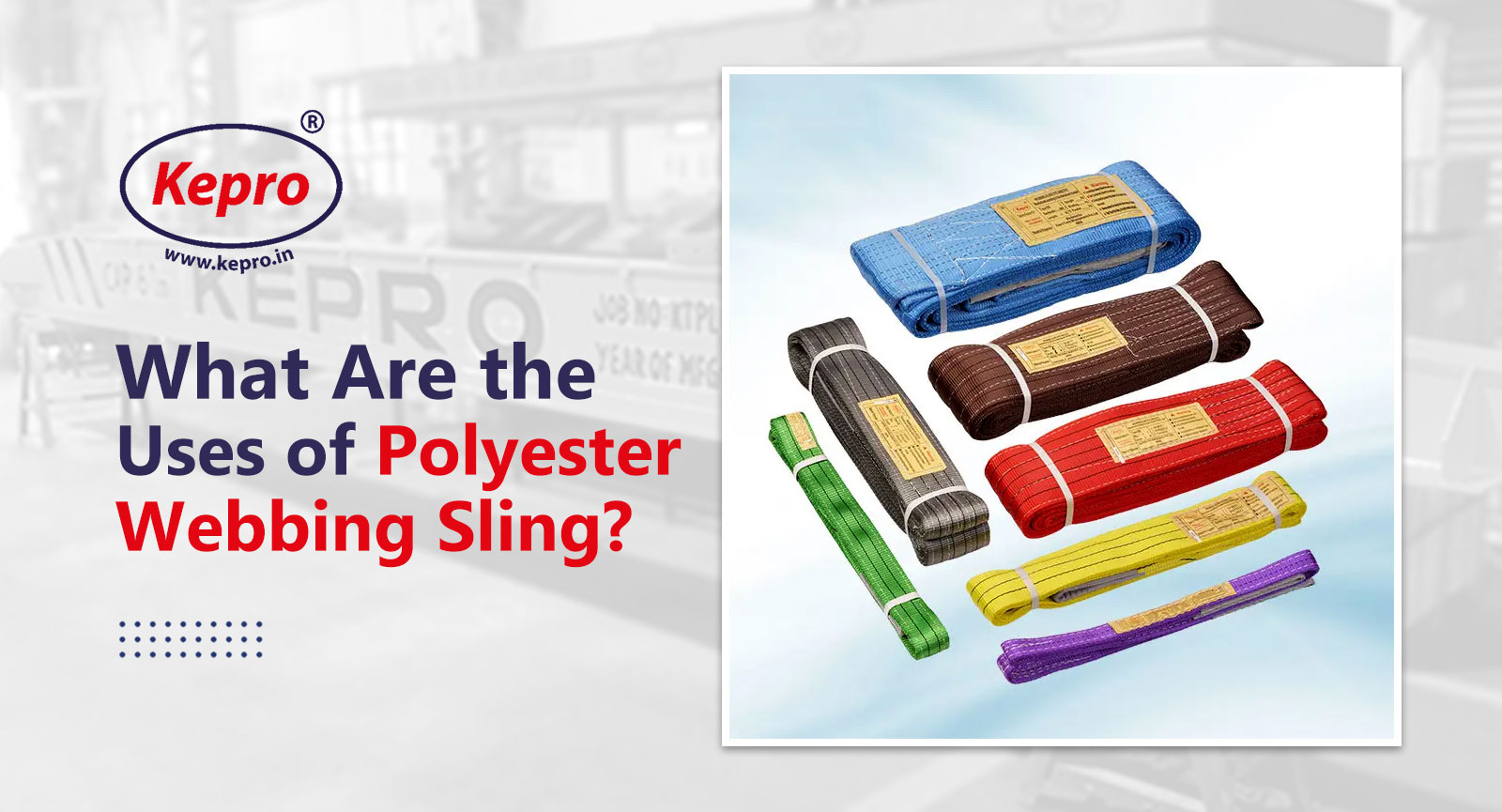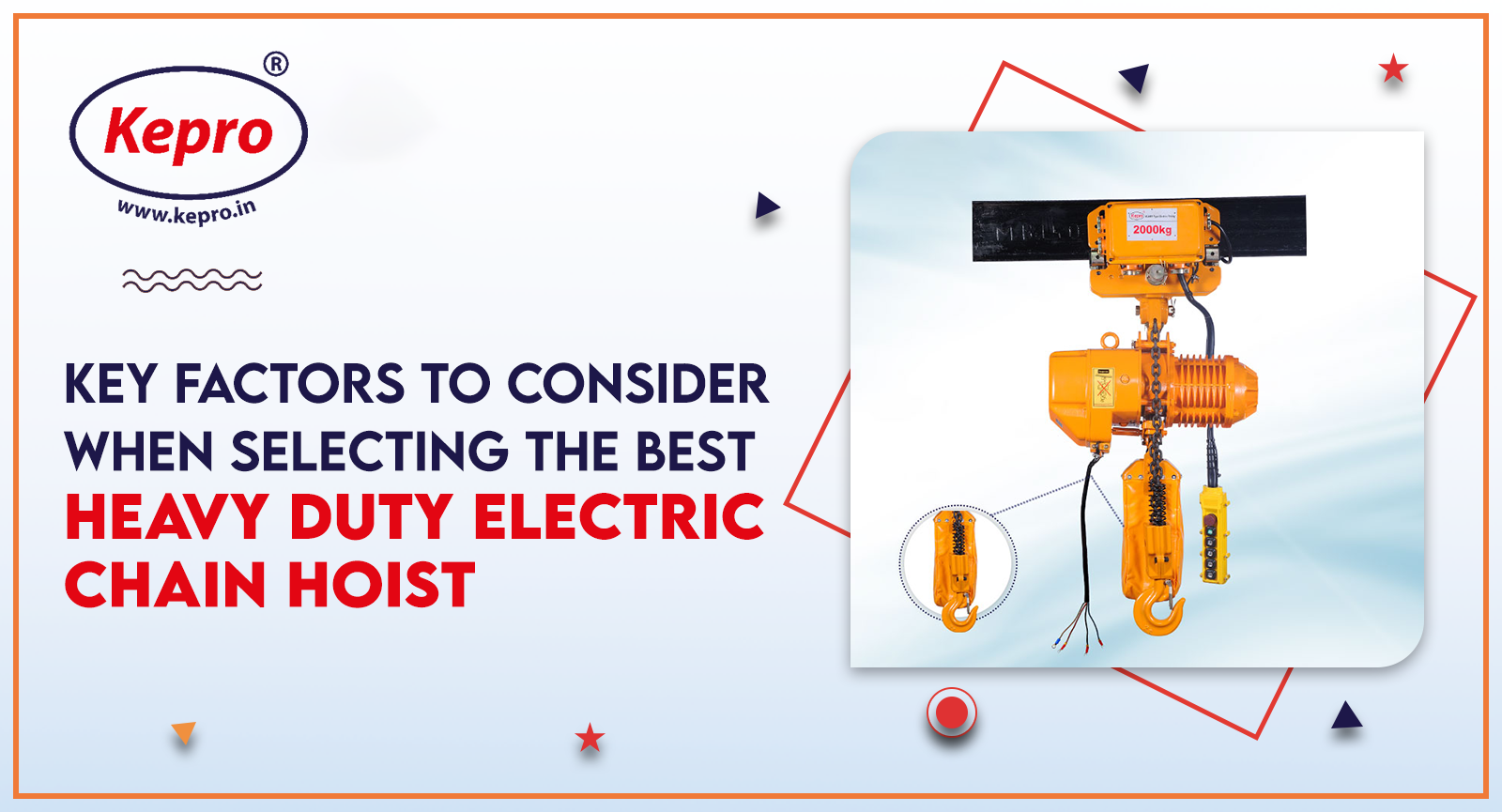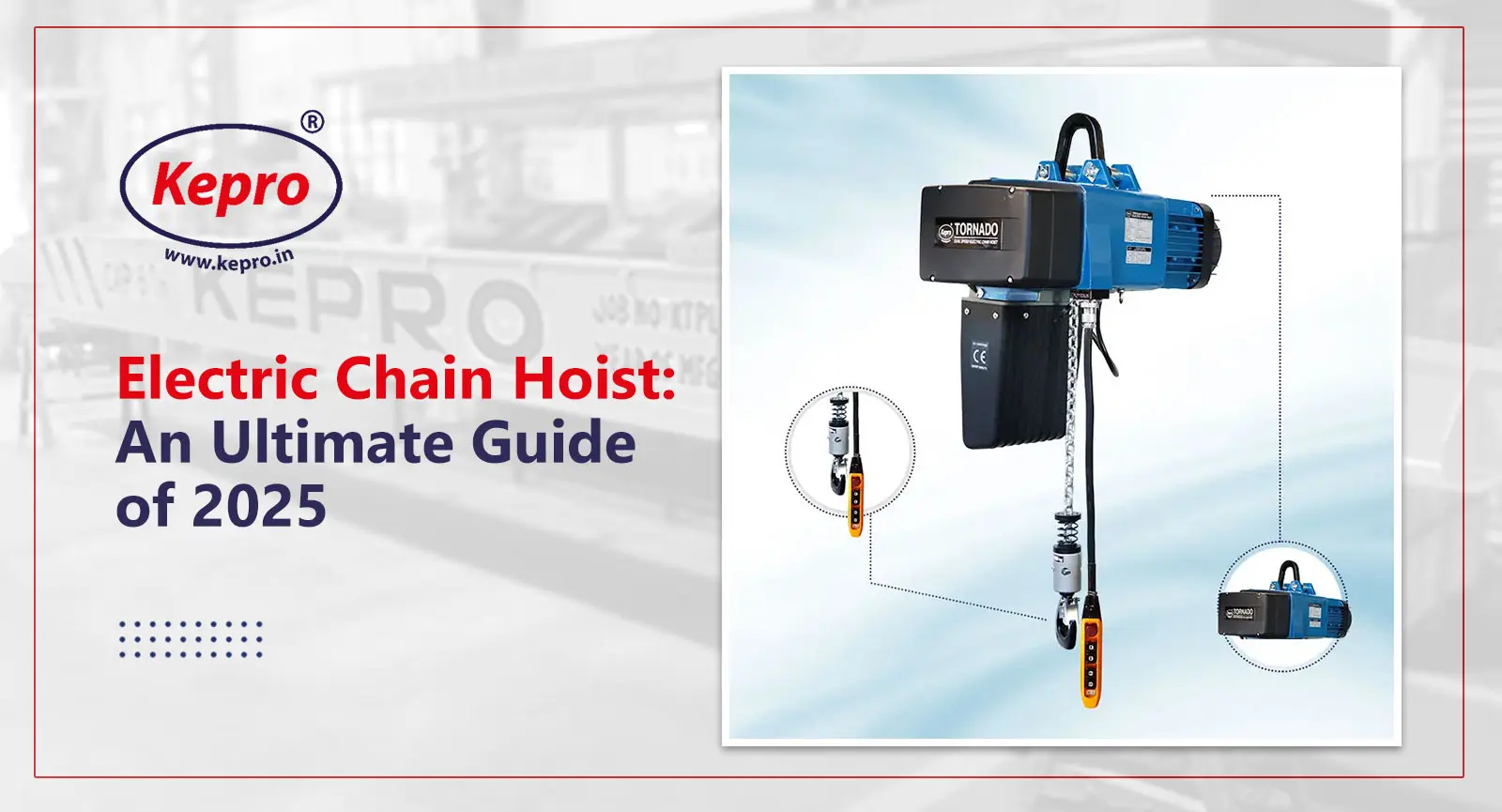
Material handling is an essential part of industrial processing, ensuring smooth operations safely and efficiently. Though there are many tools designed for this purpose, the electric chain hoist is the most reliable one. These automated lifting tools provide precise control, thus allowing the workers to move heavy loads with ease. The electric chain hoist can be defined as a material-handling device that uses an electric motor to lift and lower objects. The hoist, powered by the electric motor, enhances the operational efficiency.
Components of An Electric Chain Hoist
1. Lifting Chain
The chain of the electric hoist is made from high-grade metal to prevent damaging the product when moving. The length of the chain can be customized according to the needs of the customers. The heavy-duty electric chain hoist consists of a chain bag, which makes the chain look neat and beautiful. The chain bag is filled with anti-rust oil so that the chain does not easily rust and is durable providing reliable services.
2. Shell
It is a lightweight but sturdy aluminum alloy casing that consists of a motor and other components. It is designed for efficient heat dissipation and protection.
3. Electric Motor
It converts the electrical energy into mechanical energy to lift the load.
4. Gearbox
It controls the speed of the motor, making the high-speed rotation process slower, thus enabling safer lifting of heavier loads.
5. Load Hook
It is the U-shaped hook that directly engages with the load that is to be lifted. The hook is attached to the load which picks and moves the load from one place to another.
6. Control Panel
It allows the operator to raise, lower, and sometimes move the load horizontally. It is often done using a remote control.
7. Brake
It ensures that the load is held securely in its place when the machine is not functioning or when the operations need to be stopped because there is an obstruction in the way.
8.Limit Switch
The limit switch devices are fitted where the weight is lifted on and off to automatically stop the motor and prevent the chains from exceeding the safety limit.
Benefits of the Electric Chain Hoist
- It has high-quality safety features like overload protection and an anti-drop mechanism which ensures that the operations are safe, even in case of power failure.
- It automates repetitive lifting tasks, leading to the reduction of operational fatigue.
- It is built with robust material that enables it to withstand harsh environments.
- The fast operations speed up the workflow, reducing the delays and inefficiencies caused by the manual handling.
Applications of Electric Chain Hoists
- Manufacturing Industries: Lifting and moving heavy components of machinery, assembling and welding operations among others.
- Construction Industries: Material handling of concretes and lifting other structural elements.
- Warehouses & Logistics: Stock management, load-unloading cargoes and moving heavy goods in warehouses.
- Food & Beverage Industry: Moving the raw materials effectively during the production process.
- Oil & Gas Industry: Lifting heavy drilling equipment and pipes in offshore rigs.
Wrapping Up…
Now, hopefully, choosing an electric chain hoist will be easier for you. This post has all the important things that you should know before selecting a good-quality electric chain hoist. It is essential to pick the right one that ensures safety and efficiency during operations. ‘Kepro’ exists to serve the lifting industry and our customers with products and services that are developed in an environment that places maximum focus on safety, high quality, innovation, and performance. Their commitment lies in manufacturing top-notch electric chain hoists that will boost the operations of their customers. So, wait no more and invest in the best and the most sturdy electric chain hoist today.

Kepro
Kepro Technologies Pvt. Ltd. is a leading Indian manufacturer of lifting equipment. We have been providing innovative solutions across industries like construction, railways, and oil & gas since 1993.

